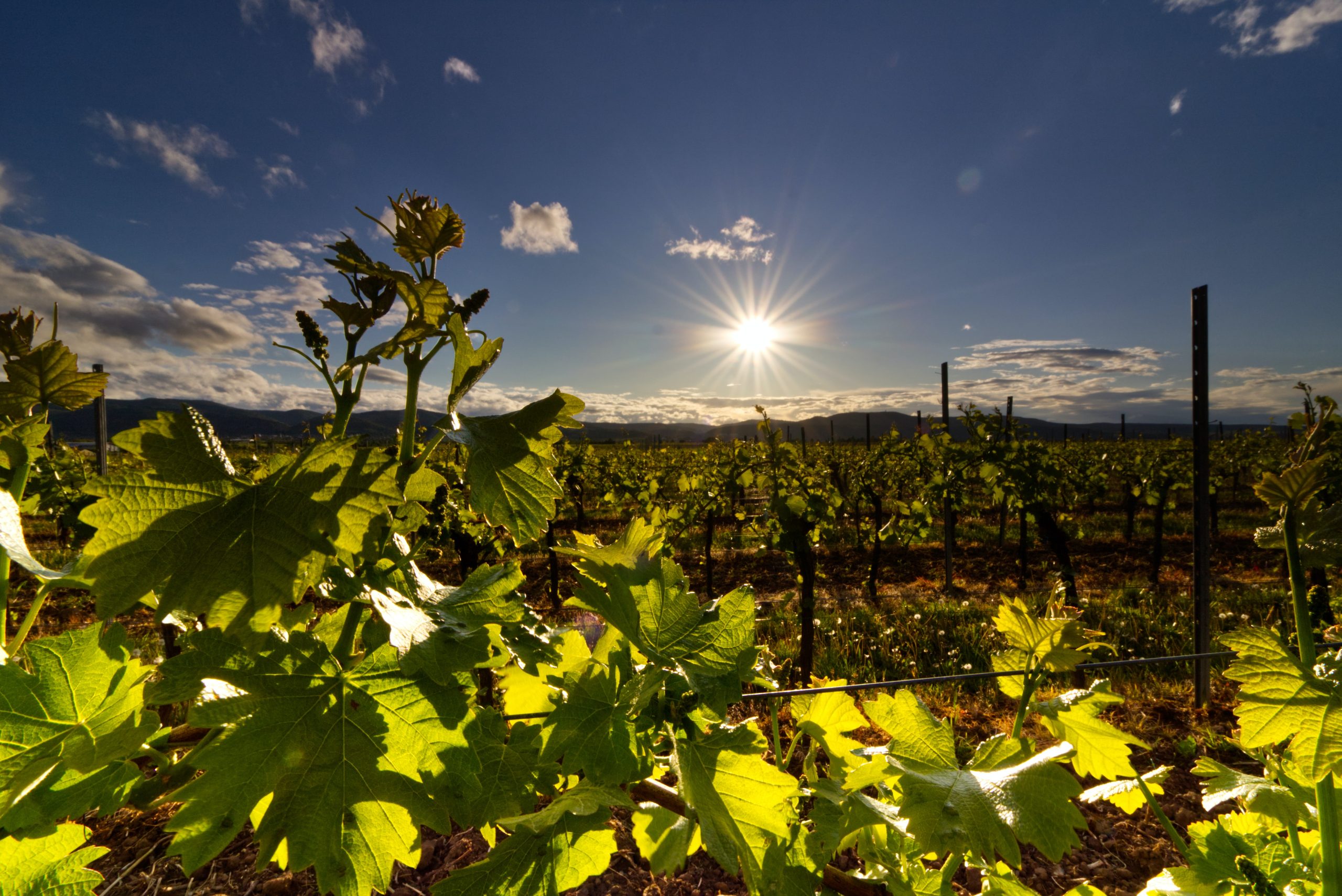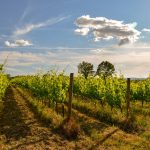Muntenia viticola brings together the hilly area of the Getic Subcarpathians and the curving Subcarpathians, with the more gentle slopes exposed to the sun all day long and along the rivers that spring from the mountains or cross the Carpathians: Olt, Arges, Dambovita, Prahova and Buzau.
The Dealu Mare area is and will continue to be, for the foreseeable future, the epicenter of quality wines in Romania, with the highest concentration of small, medium and large producers, oriented towards wine production. Premium.
Main varieties
White: Aligoté, Chardonnay, Cramposie selectionata, Feteasca alba, Feteasca regala, Grasa de Cotnari, Moscato bianco, Muscat Ottonel, Pinot blanc, Pinot gris, Italian Riesling, Sauvignon, Tamaioasa romaneasca, Traminer rose, Viognier
Black: Barbera, Babeasca neagra, Burgund mare, Busuioaca de Bohotin, Cabernet Franc, Cabernet Sauvignon, Feteasca neagra, Grenache, Merlot, Mourvedre, Nebbiolo, Black aromatic, Black Dragasani, Novac, Petit Verdot, Pinot noir, Sangiovese, Syrah
Geographical indications
- D.O.P. Dealu Mare (sden Boldesti, Valea Calugareasca, Urlati, Ceptura, Tohani, Breaza, Merei, Zoresti)
- PDO Pietroasa
- D.O.P. Stefanesti
- I.G.P. Munteniei Hills
History
A critical moment in the development of the Dealu Mare vineyard was the invasion phylloxera [2] which was first reported at Chitorani in 1884, followed by the replanting of the vineyards with old Romanian varieties grafted on rootstocks resistant to the insect attack. In the cellars of "Rhein" Azuga the oldest sparkling wine in the country is produced. These cellars are a rarity for the Romanian market, being built on the surface and having thick walls of over 1.20 m. The cellars came into being in 1892, being the work of Wilhelm Rhein, a descendant of a German family established for over 500 years in Brasov, who bought a plot of land in Azuga. Until then, this land belonged to the estate of King Charles I.
Terroir
Relief: the hilly area of the Getic Subcarpathians to the right of the Olt river and the curving Subcarpathians including the Buzaului valley; With pante line, sunny at the base of the hills and slightly steeper slopes in the northern part of the submontane hills; ExhibitionS-V, S, S-E; Altitude: 130-600 m; Soil [1]: alluviosol, cambic, argic and vertical cernozolium, typical eutricambosol, luvosol, gleiosol, lamellar preluvosol, regosol, rendzina, pararendzinic faeozolium, vertisol; Multiannual average temperature: 10,8-11,4oC; Precipitation: 500-580 mm multiannual average; Check refreshingwith less than 10 tropical days annual; Ierni mild or moderate (21-30 days annually). 2100-2146 hours of sunshine annually. Climate extremes can be late frosts and hail.
Sources:
- Toti, M.; Dumitru, Sorina; Vlad, V.; Eftene, Alina – Pedological Atlas of Romanian Vineyards (2017), Ed. Terra Nostra, Iasi
- https://dexonline.ro/definitie/filoxera
- www.onvpv.ro






